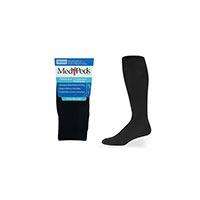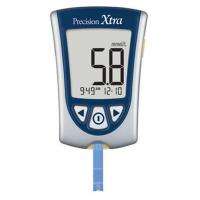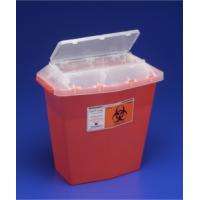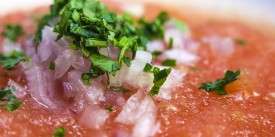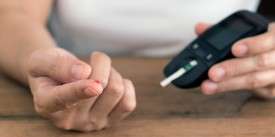
Tips for Healing Bruised FingertipsTips for Healing Bruised Fingertips
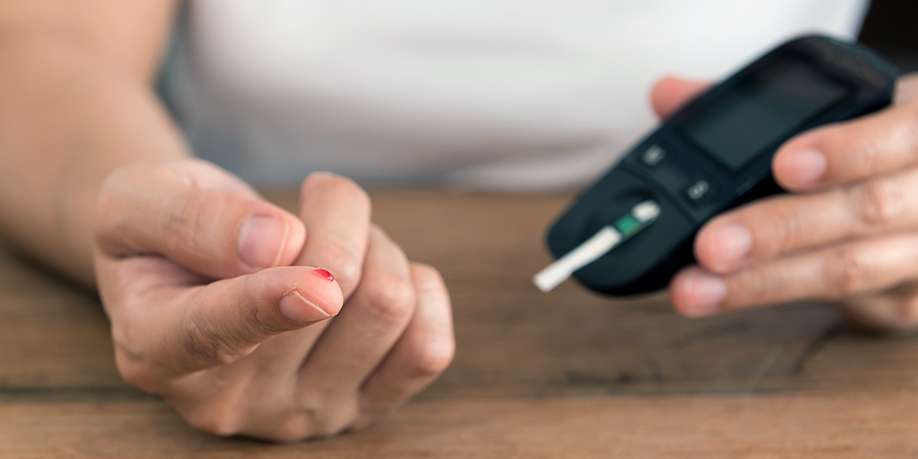  © Mr.phonlawat Chaicheevinlikit | Dreamstime.com There is a number of things that get introduced into your life along with the diabetes diagnosis. The regular blood sugar monitoring routine is one of them. In fact, it is the most important thing you can do to manage your diabetes. – Knowing your blood sugar numbers will allow you and your doctor to make necessary adjustments to your treatment and lifestyle, including the medications you take, the food you eat, and the physical activities you do, all of which can help prevent or delay complications often associated with diabetes, such as stroke, heart attack, nerve damage, kidney disease, eye damage, foot problems, and more. However, monitoring blood sugar levels comes at a price. – Blood sugar checks involve pricking your finger with a needle several times a day and that often causes pain and bruised fingertips. Considering the number of times a day (at least 4) that you have to go through this routine, blood sugar monitoring becomes a highly unpleasant experience that can significantly decrease quality of life. Fortunately, there are ways to improve the situation, reducing the pain and the time it takes to heal the bruised fingers. Here is what you can do to make blood sugar monitoring easier: 1. Get the right equipment. Make sure to get the meter that needs the smallest amount of blood possible, because the less blood the meter requires, the less deeply you have to prick your finger. Your lancing device should be adjustable and allow you to dial the depth of skin penetration. Besides, if you have an option of choosing lancets, experiment with different needle gauges (different widths of the needles) to determine which one works best for you. 2. Prepare your finger before pricking. To clean your hands before taking a blood sample, simply wash them with warm water and soap. Avoid cleaning your hands with alcohol. If used regularly, it can dry and toughen your skin, making it more difficult and more painful to puncture. Using warm water helps to bring more blood to the surface, especially if your hands often tend to be cold. Plus, warm soapy water cleans your hands well, removing any small amounts of food that can be left on your fingers from your last meal. If food particles accidentally dissolve in your blood sample, you may get a very inaccurate blood sugar reading. If after washing your hands in warm water you still experience difficulty drawing enough blood for the test, try to shake your hands at your side and rub the area of your finger that you are going to prick. You can also wrap a rubber band around your finger, holding it while getting a blood drop. 3. Choose and alternate sites for lancing. You can significantly reduce the pain from lancing by pricking the sides of your fingers instead of the center of the fingertips. The sides of your fingers have fewer nerves and more blood vessels close to the surface, which will allow you to puncture your skin not as deeply as you would need to draw enough blood from the fingertips. You should also constantly alternate all possible lancing sites to give your fingers maximum time to heal. It’s a good practice to determine and keep the sequence at which you alternate the lancing spots. 4. Do not save on supplies. Avoid reusing lancets regardless of your intentions. Whether you’re trying to save money or to save time on getting the supplies, reusing your lancets is not a good practice because each time you use it its point becomes more and more blunt. 5. Hold your hand steady. If you move your hand even slightly at the moment of pricking your finger, you can damage your skin, which can be quiet painful. To avoid such incidents, steady your hand on the table or against any stable surface. 6. Draw enough blood. Make sure to prepare your finger before using the lancet to be able to draw enough blood for the test. If the blood drop is still not big enough, hang your hand below your waist and wait for 10-15 seconds. Do not attempt to get more blood by squeezing the finger near the area where you prick your finger. That may cause more pain. Instead, apply pressure at the base of the finger and slowly move the pressure towards the fingertip, similarly to squeezing the toothpaste out of the tube. This method will help you draw enough blood for the test. 7. Stop the blood flow. After drawing blood, immediately apply pressure to the site of lancing using a cotton ball or tissue for about half a minute. Not doing so may cause infection in the pricked finger. If the lancing site doesn’t stop bleeding right away, cover it with a bandage. 8. Heal your bruised fingers If you have a bruised or sore finger, give it a break, don’t draw blood from it for a few days and use other fingers instead. There is also a variety of creams and lotions on the market that can help to speed up the healing process. If you believe that you might have got an infection, don’t hesitate to see your doctor and get treatment as soon as possible. Bottom Line Blood sugar monitoring is a must for people with diabetes. Unfortunately, enduring it can be challenging as bruised fingers can give you anything from minor inconvenience to a quite painful experience. Following some or all of the advices presented above, however, can improve the situation and make your diabetes management process easier.
| |||||||||||||||||||||||||

















